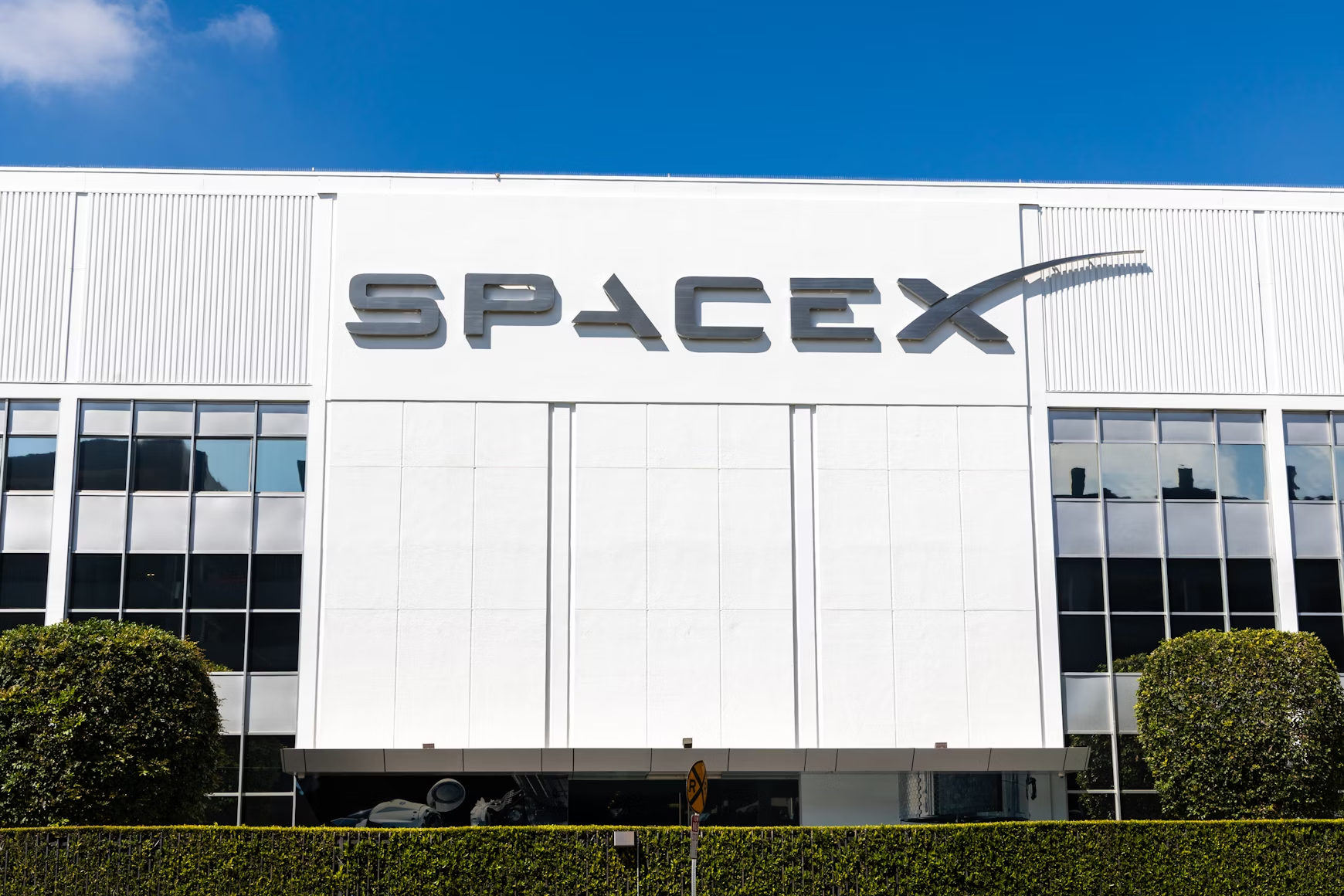
SpaceX is protesting Virginia’s $613 million plan to expand high-speed internet access, accusing the state of deliberately limiting Starlink’s share of subsidies.
On Wednesday, the company called Virginia’s proposal a “massive waste of federal taxpayer money” after the state awarded Starlink only 5,579 of the 133,000 subsidized broadband locations.
“Simply put, Virginia has put its heavy thumb on the scale in favor of expensive, slow-to-build fiber bias over speedy, low cost, and technology neutral competition,” SpaceX told officials in a 7-page letter shared with the media. “Virginia must immediately revise its final proposal to appropriately consider applications received in line with program rules.”
The BEAD Program
The dispute centers on the Broadband Equity Access and Deployment (BEAD) program, a $42.5 billion fund created to connect underserved areas to high-speed internet. In June, President Trump’s administration overhauled the program to emphasize “technology neutrality.” The update allowed satellite and fixed wireless providers to compete more directly with fiber for federal funding.
Despite the changes, Virginia’s plan largely leans on fiber. Under the state’s proposal, Starlink will receive $3.2 million to cover 5,579 sites, or about $584 per location. By contrast, fiber installations are projected to cost between $6,000 and $8,000 per site.
SpaceX argued it could have connected nearly every BEAD-eligible household in Virginia for $60 million, with service available right away. The company said Virginia’s plan instead risks overspending tenfold while delaying internet rollout for years.
The letter accused the state of ignoring technology neutrality and manipulating the process to benefit fiber providers. It stated that Virginia’s proposal was designed to reach a predetermined result, prioritizing maximum spending and favoring specific companies over fair competition.
Why Virginia Backed Fiber
Virginia has not directly responded to SpaceX’s protest. However, state documents explain that fiber was favored based on factors such as speed, latency, scalability, and the ability to function under heavy tree cover. These elements likely played a role in the decision, since fiber can deliver gigabit speeds and future-proof connectivity in ways satellite services cannot.
Starlink requires a clear view of the sky to function, though SpaceX recently introduced upgrades to improve satellite internet performance in areas with tree cover.
SpaceX has urged the Commerce Department’s National Telecommunications and Information Administration (NTIA) to reject Virginia’s proposal unless it is revised. The NTIA must approve the plan before funds can be released.
According to SpaceX, its challenge will not delay households from getting service but could accelerate access by prioritizing lower-cost providers already in operation. Louisiana has also directed most of its BEAD funding to fiber, though SpaceX has not confirmed if it will file a similar protest there.
Expert Criticism
Not everyone agrees with SpaceX’s position. Gigi Sohn, a former FCC commissioner nominee, described the filing as unusually harsh and suggested the company was trying to pressure regulators. Drew Garner from the Benton Institute noted that Amazon’s Project Kuiper, which won nearly 7,000 BEAD sites in Virginia, did not object despite competing with Starlink. Evan Feinman, the former director of the BEAD program, raised concerns that satellite providers oversubscribed to the program and may not deliver the same long-term quality as fiber.
Others, however, argue Virginia risks undermining technology neutrality. Joe Kane of the Information Technology and Innovation Foundation emphasized that lower-cost providers like Starlink should not be rejected outright if they meet the program’s standards.
What The Author Thinks
This fight highlights a clash between speed and permanence. Fiber offers unmatched capacity but comes with high costs and long delays. Starlink, while less powerful, can connect homes immediately at a fraction of the price. Virginia is betting on the long-term infrastructure, but the question remains whether residents should wait years for fiber when satellite could deliver broadband today.
Featured image credit: Sven Piper via Unsplash
For more stories like it, click the +Follow button at the top of this page to follow us.
